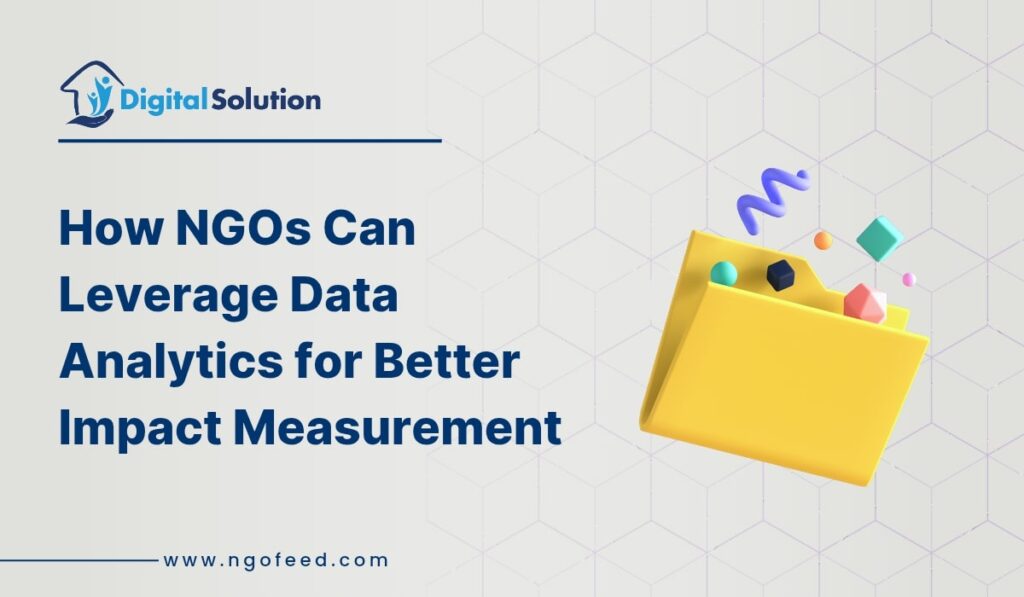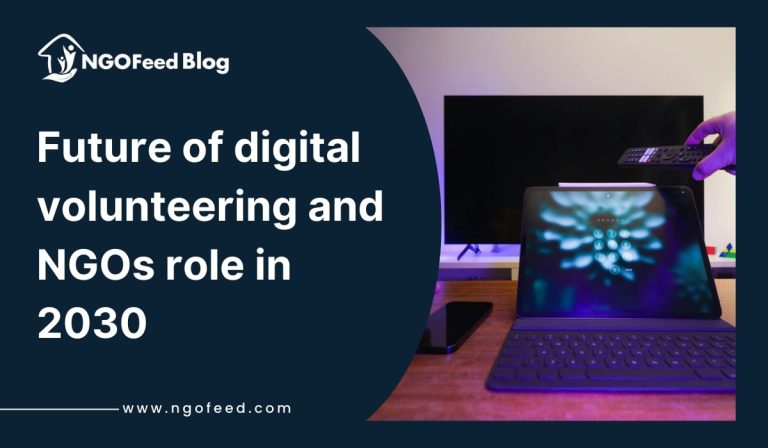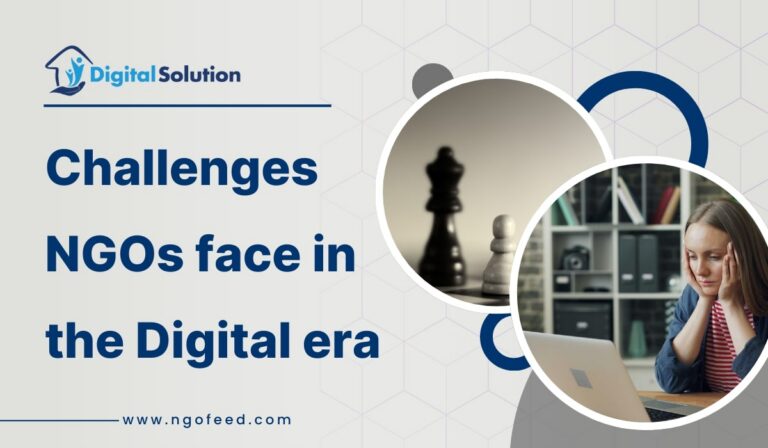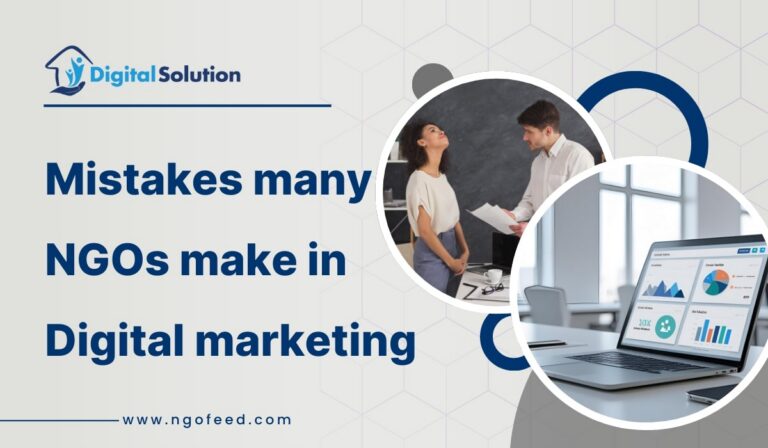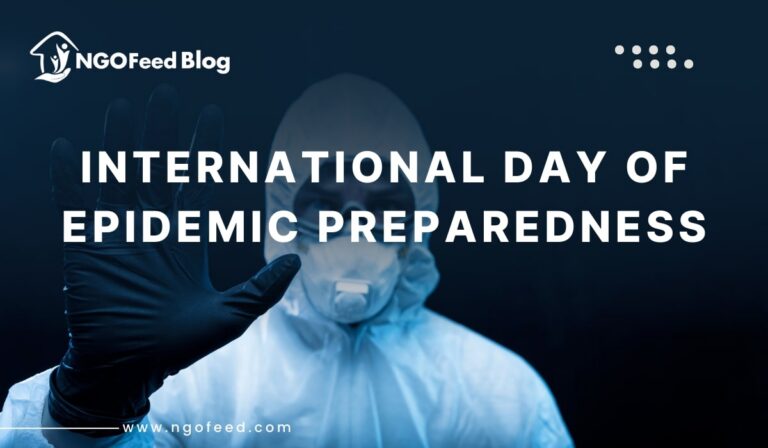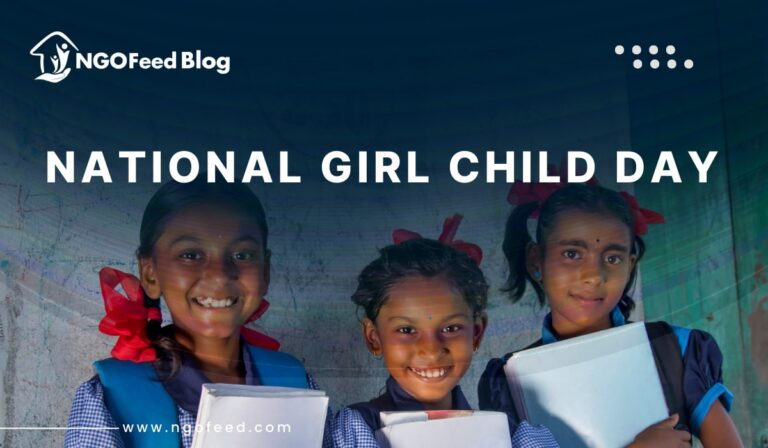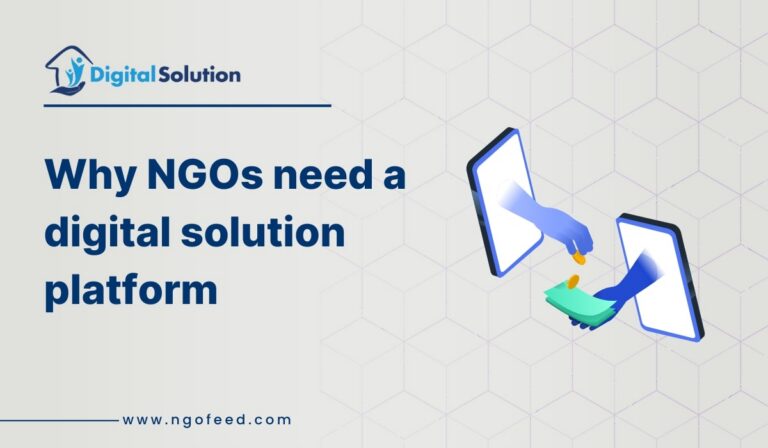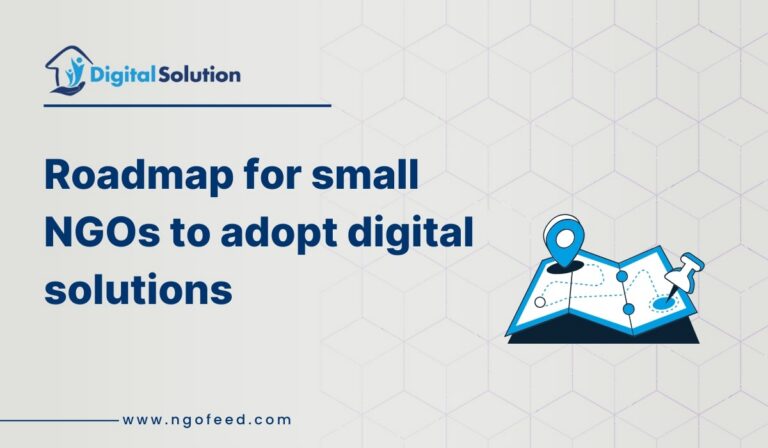How NGOs Can Leverage Data Analytics? Data analytics is a multidisciplinary field that employs a wide range of analysis techniques, including math, statistics, and computer science, to draw insights from data sets. Data analytics is a broad term that includes everything from simply analyzing data to theorizing ways of collecting data and creating the frameworks needed to store it.
Table of Contents
Data Analytics for NGO Examples
Data is everywhere, and people use data every day, whether they realize it or not. Daily tasks such as measuring coffee beans to make your morning cup, checking the weather report before deciding what to wear, or tracking your steps throughout the day with a fitness tracker can all be forms of analyzing and using data.
Organizations that use data to drive business strategies often find that they are more confident, proactive, and financially savvy. As a result, data analytics is important across many industries.
Also Read: Why Your NGO Needs a Comprehensive Digital Strategy in 2025
How To Enhance Social Measurement with Data Analytics?
- Improved Accuracy and Precision: Data analytics can process vast amounts of data, allowing for a more precise and accurate assessment of social impact. This goes beyond traditional qualitative or subjective measures and provides a quantitative basis for decision-making.
- Scalability: With data analytics, it’s possible to scale up the measurement of social impact, making it feasible to assess large-scale programs and initiatives. This scalability is essential for addressing complex and widespread social issues.
- Real-time Insights: Data analytics allows for the collection and analysis of data in real-time or near-real time. This means that organizations can monitor and adapt their interventions as needed, responding more effectively to changing circumstances.
- Customization: Data analytics can be tailored to the specific goals and metrics of a social impact initiative. This customization ensures that the assessment aligns with the objectives and outcomes of the program.
Also Read: The Power of User Generated Content for Nonprofit
- Identification of Patterns and Trends: Data analytics can uncover hidden patterns, correlations, and trends within the data that might be missed by traditional methods. This insight can be crucial in identifying what works and what doesn’t in social programs.
- Cost-Efficiency: While setting up data analytics systems may have upfront costs, they often prove to be cost-effective in the long run by reducing the need for manual data collection and analysis. This can free up resources for the actual social initiatives.
- Ethical Considerations: The potential of data analytics also brings up ethical considerations, particularly regarding data privacy and security. It’s important to handle data responsibly and protect individuals’ privacy while using data analytics for social impact measurement.
Impact Data Challenges & Solutions: Aligning Organizational and Program Goals
Nonprofits often need help in aligning their organizational goals with program goals. Ensuring that all activities move in the same direction can be difficult with multiple programs and initiatives.
Additionally, identifying relevant metrics that are measurable, relevant, and realistic can be a complex task. NGOs must define indicators that accurately reflect their progress and impact while considering data collection and analysis feasibility.
Also Read: Cybersecurity for NGOs
Disparate Stakeholder & Operations Data
Nonprofits often struggle with disparate data sources that do not communicate with each other. They may have data stored in different systems, such as spreadsheets, databases, or online platforms, making it challenging to integrate and analyze data comprehensively.
Poor data practices, including inconsistent data formatting, lack of structure, and cleanliness, further complicate data management efforts.
Data Analysis Skills
The technical infrastructure set-up often required advanced data analytics skills that resource-crunched nonprofits need to gain. Integrating data from multiple sources can be daunting, especially without the right tools and expertise.
Also Read: How Social Media in Amplifying Social Causes
Additionally, transforming, cleaning, calculating, and aggregating data to derive meaningful insights require skilled data pundits.
Manual vs. Dynamic Impact Dashboard
Nonprofits often need help updating their dashboards manually, leading to inefficiencies and potential errors. With limited time and resources, constantly updating dashboards becomes a burdensome task.
Privacy and security concerns surrounding sensitive data add an extra layer of complexity. Additionally, traditional dashboards may provide limited insight and learning capabilities, restricting nonprofits’ ability to gain deeper insights from their data.
Advanced Key Trends 2025
- Shift to Predictive and Prescriptive Analytics
- Description: Advanced AI models are enabling NGOs to move beyond descriptive analytics to predictive and prescriptive analytics. This allows organizations to forecast outcomes, identify trends, and make informed decisions proactively.
- Impact on NGOs: By utilizing predictive analytics, NGOs can better anticipate the needs of their beneficiaries and allocate resources more effectively. For example, they can predict which programs will require more funding or support based on historical data.
Also Read: Canva for Nonprofits
- Democratization of Analytics
- Description: The rise of user-friendly analytics tools is empowering non-technical users within NGOs to analyze data and derive insights without needing extensive technical expertise.
- Impact on NGOs: This democratization allows staff at all levels to engage with data, fostering a culture of data-driven decision-making. It enables NGOs to tailor their programs based on real-time feedback from beneficiaries, enhancing program relevance and effectiveness.
- Data Fabric for Seamless Integration
- Description: Data fabric architectures are being adopted to integrate disparate data sources, providing a unified view of organizational performance.
- Impact on NGOs: This integration helps NGOs streamline their operations by breaking down silos between departments. A holistic view of data can improve collaboration and lead to more coordinated efforts in program delivery.
- Real-Time Data Processing
- Description: Edge analytics enables real-time insights by processing data at its source rather than relying on centralized systems.
- Impact on NGOs: Real-time analytics allows NGOs to respond swiftly to emerging issues or opportunities. For instance, if a health crisis arises in a community, real-time data can help organizations mobilize resources quickly.
Also Read: How to Use Facebook Ads to promote your NGOs mission
- Enhanced Data Governance
- Description: As data usage increases, so does the need for robust data governance frameworks to ensure compliance and ethical use of data.
- Impact on NGOs: Effective governance ensures that NGOs handle sensitive beneficiary information responsibly while maintaining transparency with stakeholders about how data is used.
Data Analtics for Nonprofits – Future Outlook
The future of data analytics is poised to significantly impact the operations and social impact of non-governmental organizations (NGOs). As data-driven decision-making becomes increasingly essential, NGOs that effectively leverage data analytics can enhance their program effectiveness, optimize resource allocation, and improve stakeholder engagement.
Conclusion
The future of data analytics holds immense potential for enhancing the social impact of NGOs. By embracing trends such as predictive analytics, democratization of data access, real-time processing, and robust governance frameworks, nonprofits can transform their operations and maximize their effectiveness in serving communities.
Also Read: Importance of Data Driven Decisions for NGOs and Best Practices
As the landscape evolves, those organizations that invest in data-driven strategies will be better equipped to navigate challenges and seize opportunities for meaningful change.

